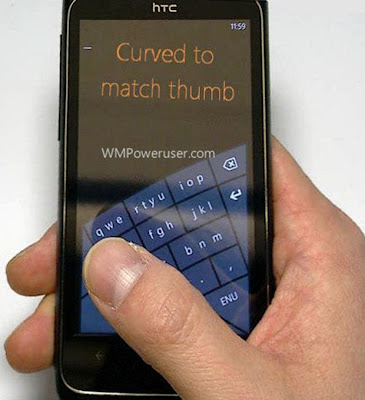
As Nvidia is readying the new GK110 Kepler-based monster GPU targeted for GPU computing and later for top gaming performance, AMD is preparing its new Radeon 8000 “Sea Islands” GPU family.
The top performing member of the “Sea Islands” family is codenamed “Venus” The other members of the Sea Island family are rumored to be called Sun, Oland and Mars and their internal configuration will likely be:
Sun:
Die size: 230 square millimeters;
Transistor count: 3.2 billion;
Stream processing units: 1536 units.;
TMUs: 96 units.;
ROPs: 32 units.;
Memory BUS width : 256 bits.
Oland:
Die size: 135 square millimeters or 160 square millimeters;
Transistor count: 1.7 billion or 2.0 billion;
Stream processing...



 7/02/2012 07:56:00 PM
7/02/2012 07:56:00 PM
 dannzfay
dannzfay


















